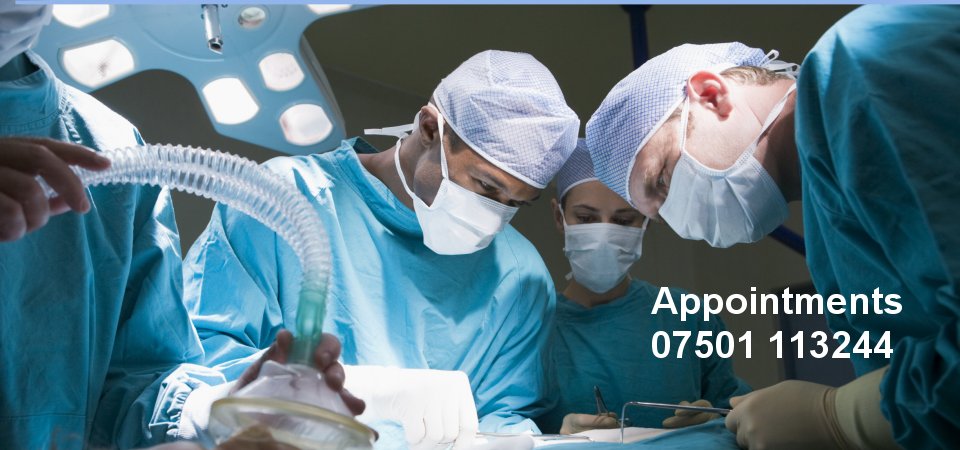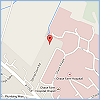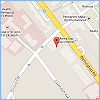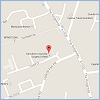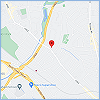What are haemorrhoids and what are the symptoms?
We all have ‘cushions’ of veins at the junction of the upper anal canal and rectum which come together to form a seal (so that we don’t leak solid, liquid or gas) after passing a motion when the anal sphincter muscle closes. If these ‘cushions’ become enlarged like varicose veins, then we call these internal haemorrhoids or piles.
Typical symptoms include:
- Bright rectal bleeding which often comes after passing a stool and can be noticed on the toilet tissue or sometime drips into the toilet pan
- Itching or irritation around the anal skin due to piles producing mucus which maybe noticed also as a ‘wetness’ at the anal opening
- Sometimes larger piles will prolapse out of the anal canal and might ache until the spontaneously reduce back to their normal position or might need to be gently eased back after defecation
- Internal haemorrhoids rarely cause any pain and do not ‘obstruct’ the passage of a stool
- Piles never cause a change in stool consistency nor darker mixed blood and generally rectal bleeding or change in bowel habit must never be ignored
As we all have these haemorrhoidal cushions, piles are very common indeed but anything which increases the ‘back-pressure’ in the veins can cause piles such as after pregnancies, a chronic cough, excessive staining with constipation, increased intra-abdominal pressure with obesity, a very manual/ lifting job or some liver diseases. Bleeding from piles is more common in patients who take blood-thinning medication and as alcohol causes veins to swell up, some people with piles will notice more bleeding if they have a binge and drink too much.
Although internal haemorrhoids rarely cause pain (except if they prolapse and get ‘stuck out’), veins on the outside margin of the bottom hole (external haemorrhoids) can suddenly swell up with a clot inside the external piles particularly after heavy exercise or lifting, and this produces a very painful blue coloured lump at the anal margin (called a thrombosed haemorrhoid or perianal haematoma) which needs immediate attention.
How are piles investigated and treated?
Rectal bleeding needs investigation with a rectal examination and telescope (sigmoidoscope) in outpatients. It may be possible to treat bleeding piles by injections or banding of piles in the outpatient department, and we always advise to significantly soften the stool. Where there is any concern about the origin of bleeding then a colonoscopy or flexible sigmoidoscopy (flexible telescopic examination higher into the colon under sedation as a day case). Whenever possible we try to avoid operative intervention because all haemorrhoid operations are very painful and over time piles tend to reoccur.
Conservative treatment:
- Stool softeners and laxatives – this is the single most important part of conservative treatment. The stool needs to be soft by using fibre e.g. Fybogel daily or fruit and vegetables with plenty of fluids.
- Over the counter haemorrhoid creams – creams which contain a small dose of steroid and local anaesthetic with soothing balms can help in the early initial phases of piles
- Injection sclerotherapy – which causes the internal haemorrhoids to shrivel and become firmer to help both bleeding and sometimes prolapse. Usually this is temporary and usually requires and series of reinforcing injection sessions to last for a longer period (may last 2-3 years). The injection fluid is mainly almond oil so cannot be used in nut allergic individuals.
- Banding of piles – haemorrhoids can be treated by applying tight elastic bands which essentially cut off the blood supply, the haemorrhoid ‘dies’ and falls off 3-5 days later when there can be a bleeding scab so cannot be used in those taking blood thinning medications.
Surgical treatment:
There are many different haemorrhoid operations but despite ‘marketing hype’, they are all painful to some extent, and thus wherever possible best avoided. However, some piles (particularly prolapsing types) are resistant to conservative treatments. All haemorrhoid operations can be complicated by bleeding, recurrence and pain.
- Classical haemorrhoidectomy – usually the ‘worst’ three haemorrhoids are surgically removed, but surgeons cannot strip all of the piles (if haemorrhoids are circumferential all around the anus) because the resultant wound healing would cause a significant narrowing of the canal (anal stenosis). For this reason it may be that symptoms persist after the operation. Painful recovery will take 4 weeks.
- Stapled haemorrhoidectomy – this maybe a better operation for circumferential prolapsing piles whereby the stapler removes a ‘ring of pile tissue’ but leaves an intra-anal staple-line and is prone to postoperative bleeds
- HALO Haemorrhoidal Arterial Ligation Operation – whereby sutures are placed (under ultrasound control if necessary) to tie-off the blood vessels leading to or from the haemorrhoids. Less painful without stenosis and can be combined with a ‘hitching-up’ of prolapsing piles
What is the Postoperative Recovery Regime after surgery?
No matter which operation is chosen, there will be pain postoperatively. During this time it is absolutely vital that you do not become constipated, so get a supply of Lactulose, Fybogel and Senna ready at home (as well as Paracetamol (1g four times daily), Ibuprofen (400mg three times daily after food), and you will need to keep the area clean with twice daily baths/ showers soaking the anal area, sometimes with a salt bathing. Additionally you may be prescribed local anaesthetic cream to use and sometimes antibiotics. If there is an external component to your surgery e.g. skins tags or significant prolapse, then in addition to the saline Sitz baths, Vaseline waterproofing the area is helpful. Any discharge postoperatively is best controlled with ladies sanitary pads. Expect to take 2-4 weeks off work, depending on your job and pain threshold.
If post operatively you experience any problems please contact my office on 07501 113244 during office hours. Out of office hours please contact either the Wellington Hospital on 0207 483 5148 The Kings Oak Hospital on 0208 370 9500 or The Cavell Hospital on 0208 366 2122 and ask to be put through to the ward
